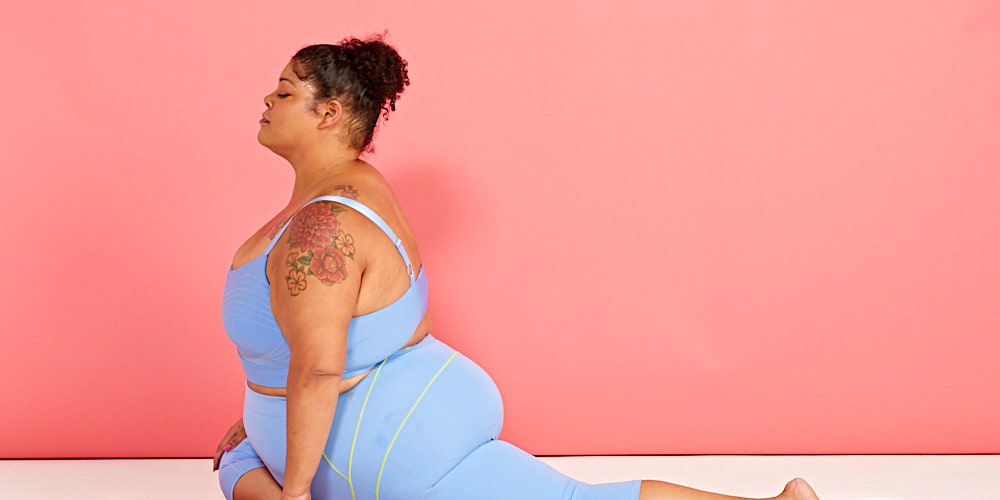There’s nothing pleasant about a tight, crampy butt, especially when it comes out of nowhere. Fortunately, there are a few butt stretches you can do to stop butt tightness in its tracks—and we’ve got all the details right here.
First though, let’s talk about what causes butt cramping. There are a few main reasons your butt can get tight or crampy, Elizabeth Lamontagne, PT, DPT, assistant director and physical therapist at Recovery Physical Therapy in New York City, tells SELF.
The first: You’ve been sitting a lot. Sitting for more than 30 minutes can cause the glute muscles to turn off, explains Lamontagne. So if you’ve been stationary for a long period of time—say, you’re locked into back-to-back-to-back Zoom meetings for two, maybe three hours—and then you try to move, you’re suddenly using a muscle group that’s been used to not doing a whole lot. This burst of energetic movement can cause the glutes to cramp, explains Lamontagne. Cramping at first can feel like tightness, but then the tension will build and feel more like a strong spasm, she adds.
Another reason your glutes may feel tight or crampy is because the muscle group has been overworked, either during your lower-body workouts or during chaotic everyday life.
“When you continuously try to use the same muscle over and over during high intensity workouts or prolonged walking, then that muscle can cramp up,” says Lamonta
Butt tightness can also occur when the muscles that surround your glutes are tight.
Lamontange explains it this way: Your hip is a ball and socket joint that slides and glides as you step or rotate your legs. If the hip joint becomes stiff—from arthritis, for example, or a recent injury that caused inflammation—then the sliding and gliding movement can become restricted and create resistance that your glutes has to work against.
“Without a smooth gliding joint, the muscles are working harder to move you in the direction you’re trying to move,” she explains. All that hard work can lead to muscle overuse, and ultimately, a tight crampy butt.
The final reason your glutes could cramp up? Your nutrition may be off, says Lamontage. Being dehydrated and not getting enough electrolytes like potassium, calcium, and magnesium in your diet can also contribute to cramping, per the Mayo Clinic.
Now, onto the positive news: There are tried-and-true antidotes for a tight butt. Of course, drinking enough water and eating a well-balanced diet is important if you want to prevent butt cramping caused by nutrition issues. But beyond that, there are certain movements or butt stretches you can do to relax tight muscles and gently wake up inactivated glutes—and Lamontagne has two in particular that she recommends.
The following moves can be done daily as a preventive measure against tight, crampy glutes, or can also be performed in the moment when you feel your butt cramping. Ready to loosen up your lower half? Read on.
The Stretching Routine
What you need: Just an exercise mat for comfort.
The Moves
- Pigeon stretch
- Glute bridge
Directions
- Do these moves back-to-back for the prescribed amount of time or number of reps. If you’ve been walking around or it’s at the end of a workout, you can start with pigeon pose, recommends Lamontagne. If you’ve been sedentary for more than 30 minutes, do the glute bridges first to warm up your muscles before getting into the pigeon pose.
Demoing the moves below are Jessica Rihal (GIF 1); a plus-sized yoga instructor (200-HR); and Gail Barranda Rivas (GIF 2), a certified group fitness instructor, functional strength coach, Pilates and yoga instructor.

